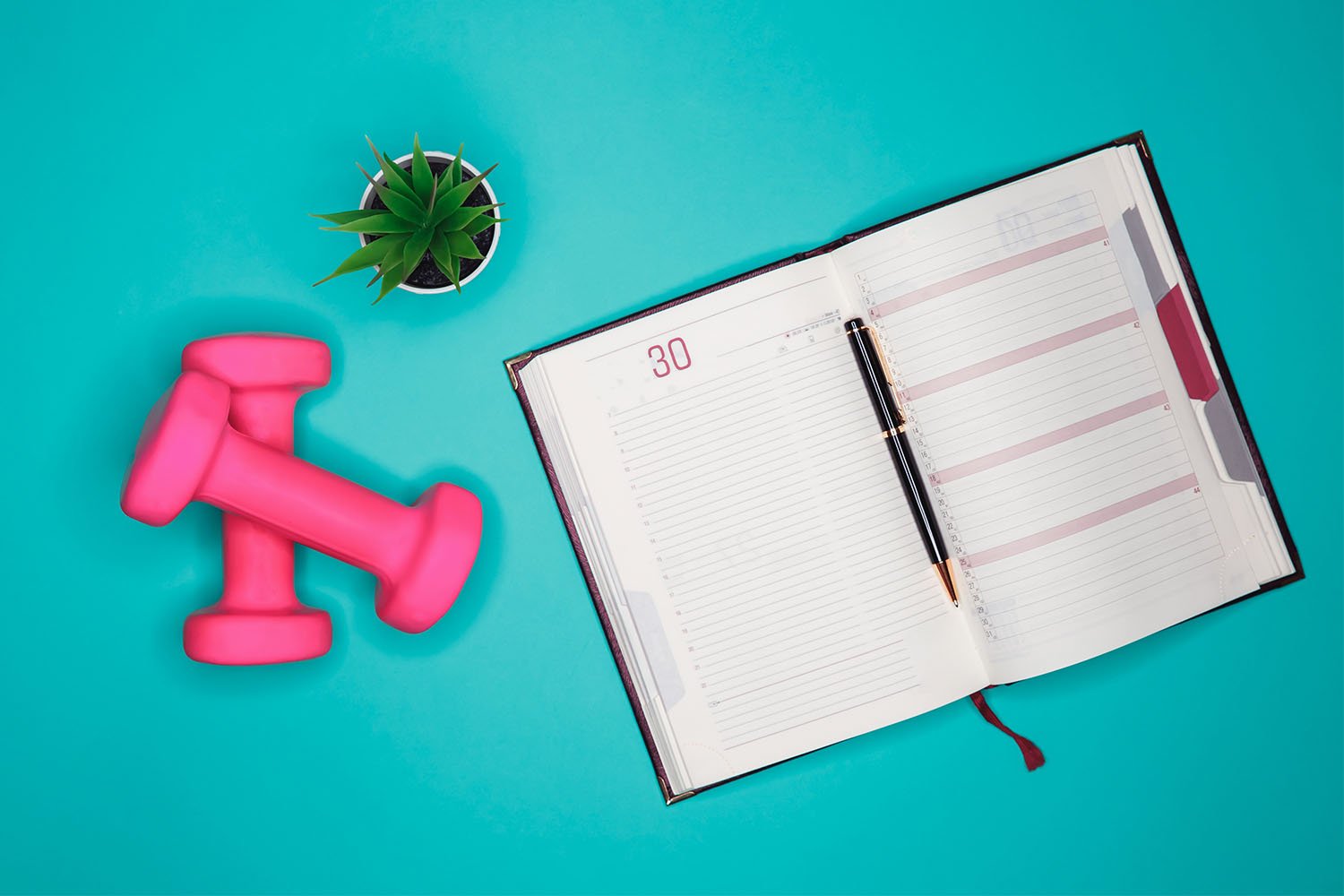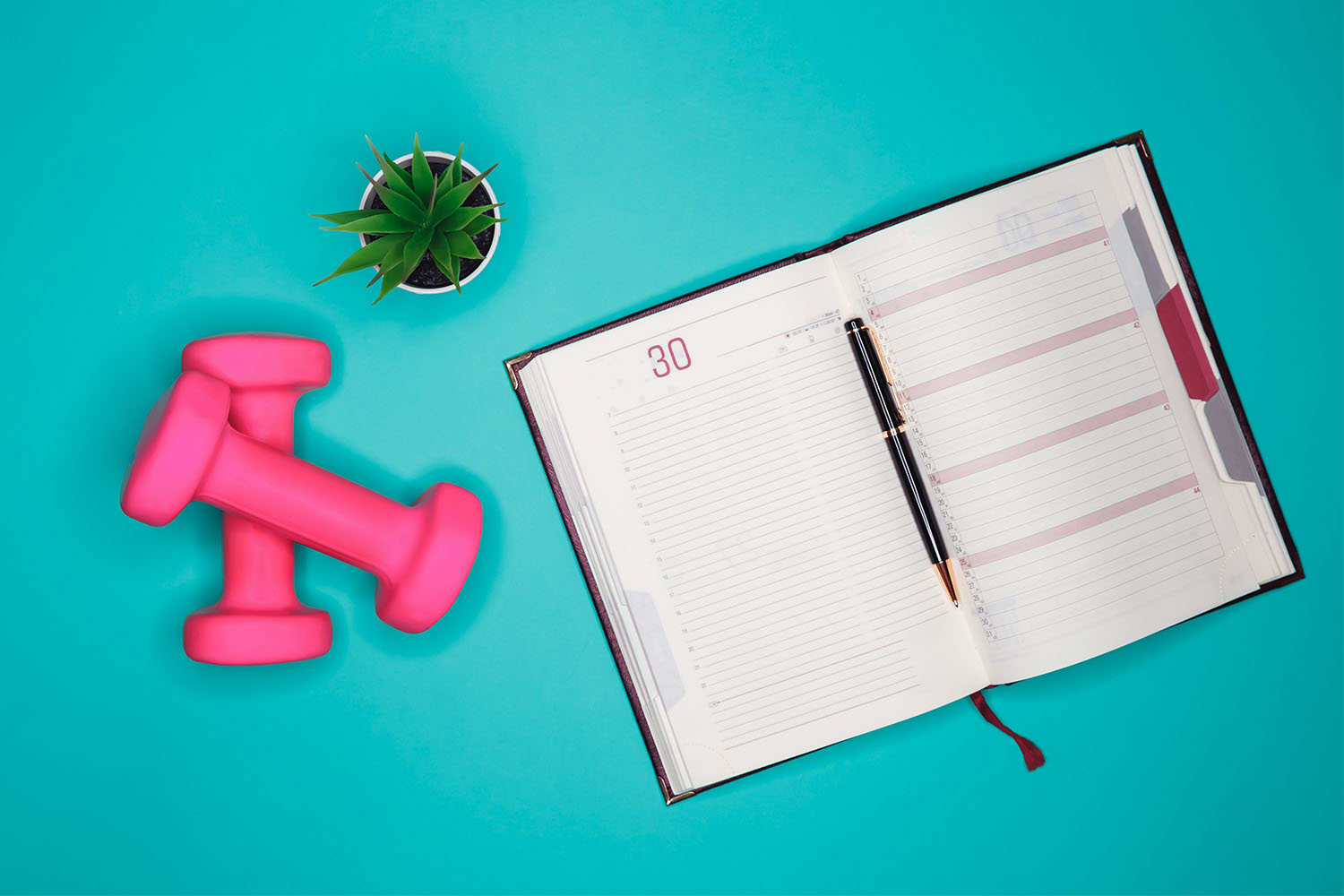If you're reading this, you're likely someone who manages what is described as health-seeking behavior. This can be defined as any action undertaken by individuals who perceive themselves to have a health problem or to be ill for the purpose of finding an appropriate remedy. Essentially, it means you're someone who prioritizes their health and actively searches for ways to improve their wellbeing.
We have the desire to live a healthier lifestyle - but at times, this is easier said than done. Ideally, you would always have time to workout. Unfortunately, it's too easy to lose track of time in a state of busyness. Before you know it, the week has passed by and you haven’t exercised once.
Sometimes, just having the intention to workout isn’t enough. We all need some form of accountability to be consistent. If you're fortunate enough to work with a personal trainer, one of the greatest benefits is being held accountable to adhere to a workout program. Your trainer has a plan and is there to encourage you to be consistent week after week. Great trainers will effectively communicate this plan to mentally prepare you for committing the effort, energy and time. A little organization of your time will go a long way.
At the end of the day, with or without a trainer, the responsibility of prioritizing your daily tasks and finding the time to workout, falls upon you.
When a project has a deadline at work, one of the first things we do is develop a plan of action. What tasks need to be done and when will they be completed? The same process of planning is unbelievably beneficial for your workouts. After identifying your short-term and long-term goals, you can then begin to develop a plan for how you will work towards eventually achieving those goals.
While it can be difficult to plan months into the future, it's relatively simple to outline your workouts for the upcoming week. Doing this reinforces your goals; it creates a visual representation of your intentions. With your plan written out, you will have this constant reminder of what you need to do, which is also there for anyone in your support system to see.
Take a look below for at a simple table that I've used to plan out a week of exercise. It's easy!

At this point in my program, I was still trying to establish a routine that involved some form of movement every day while trying to get stronger in three different exercises. I created this table on the Friday or Saturday of the week before. By that point, I have a pretty good idea of what I need to do each day.
You’ll notice that there isn’t a duration for any of the activities. That's because I’m not concerned with how long I spend performing the activity, but rather focused on performing different movements every day. The three heavy-resistance training workouts per week is enough to work on my overall strength. Each of these workouts focuses on building strength through different exercises. The yoga workouts are great for recovery and improving my mobility. On days I don’t have much spare time I will perform 15-20 minutes of different mobility drills and stretches, instead of an hour doing yoga. Lastly, the two days of hiking are also part of my active recovery but more therapeutic - since I enjoy being out in nature. As a bonus, I get to hike with my dogs, which is great exercise for them too!
I keep these activities in mind when I'm planning out my week because I prioritize my health. For example, if I know I am going to be working a a good portion of Monday, I make sure to get up extra early to take the dogs for a short hike. Or, if I know that my favorite football team is playing in the evening on Sunday, I’ll make sure to do yoga some time in the afternoon.
Creating a weekly plan has been an effective tool that I have used for many years. I always found that I was more consistent when I knew what to prepare for rather than winging it. I use a giant whiteboard calendar in my office containing both my weekly plans and my long-term goals, which I check every morning while I sip on my coffee.
If you already use a calendar or an agenda, this is an easy addition. If you aren’t, my recommendation is to write your plan somewhere that is easily accessible for you to view every day. This might mean placing it somewhere in your kitchen or on your phone.
Try planning out next week and if you need help getting started or if you have any feedback on how planning has helped your workouts, email me at rmattucci@ontarioracquetclub.com





